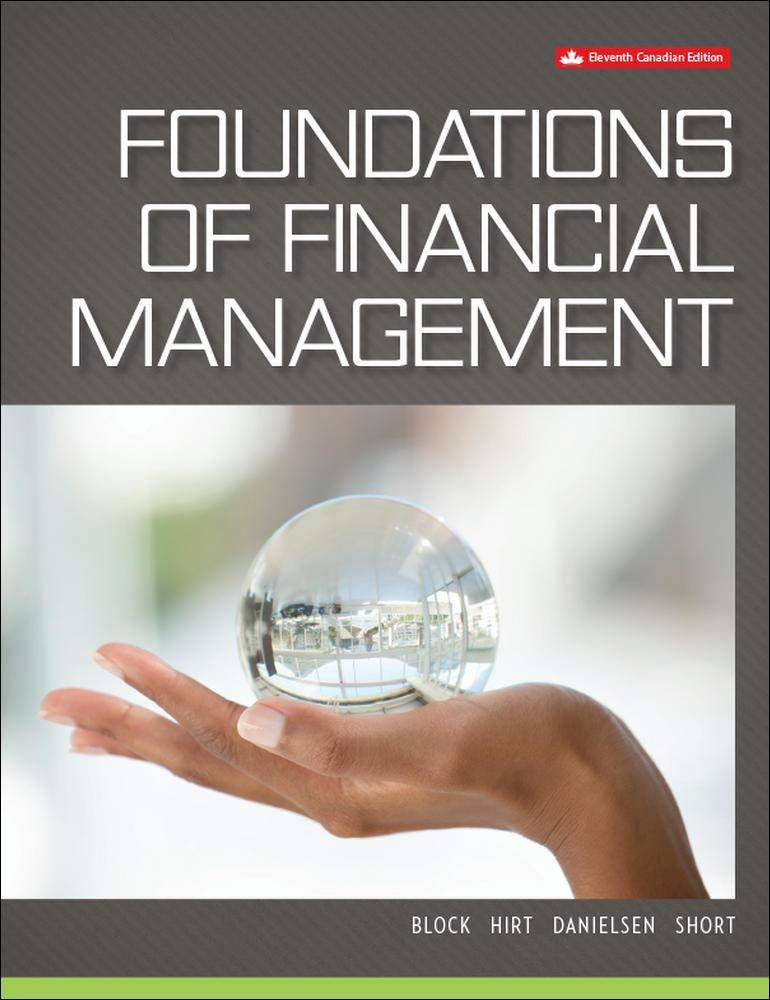Question
Naitex Ltd., prepares its financial statements on both historical cost accounting basis and inflation adjusted accounting basis using current purchasing power method. Given below are
Naitex Ltd., prepares its financial statements on both historical cost accounting basis and inflation adjusted accounting basis using current purchasing power method.
Given below are the trading, profit and loss accounts for the year ended 31 March 2001 and comparative balance sheets of the company for the years ended 31 March 2000 and 31 March 2001.
| Profit and loss account for the year ended 31 March 2001 (Historical cost accounting basis) | ||
|
| Sh. 000 | Sh. 000 |
| Sales Opening stock Purchases
Closing stock Cost of sales Gross profit Expenses: Loan interest Salaries and wages Depreciation Other expenses Profit before tax Taxation Profit after tax Dividends paid: Ordinary Preference Dividends proposed: Ordinary Preference Retained profits for the year |
30,000 65,000 95,000 35,000
500 3,500 5,000 1,000
2,500 1,000
2,500 1,000
| 90,000
60,000 30,000
10,000 20,000 8,000 12,000
7,000 5,000 |
| Balance sheets as at 31 March (Historical cost basis) | ||
|
| 2001 Sh.000 | 2000 Sh.000 |
| Fixed assets Stocks Debtors Prepayments Bank balance
Ordinary share capital 10% preference share capital Reserves
Loan Trade creditors Accruals Proposed dividend | 70,000 35,000 40,000 2,000 5,000 152,000 70,000 20,000 23,000 113,000 18,000 17,200 300 3,500 152,000 | 58,000 30,000 34,000 1,000 8,000 131,000 60,000 20,000 18,000 98,000 20,000 12,500 500 - 131,000 |
The following additional information is provided:
Out of the total sales of the year, Sh.30,000,000 was a special order and was made in mid-January 2001. Purchases for the special order were made in the same period. Other sales and purchases were made uniformly throughout the year. Gross profit on all sales was 331/3 % of sales value.
Closing stocks represented an average of two months purchases.
Loan interest was paid in two equal installments on 15 September 2000 and 15 March 2001.
Salaries and wages and other expenses paid in cash accrued evenly throughout the year.
Tax was paid in two equal installments on 30 September 2000 and 31 March 2001.
Interim dividend was paid on 30 September 2000.
The business purchased fixed assets worth Sh.17, 000,000 on 15 October 2000. These assets were depreciated by Sh.1,000,000 in the year ended 31 March 2001. Other fixed assets were purchased when the retail price index was 120.
The company issued 500,000 ordinary shares of Sh.20 each, at par on 15 June 2000. The remaining ordinary shares were issued at the inception of the company when the retail price index was 100.
Step by Step Solution
There are 3 Steps involved in it
Step: 1

Get Instant Access to Expert-Tailored Solutions
See step-by-step solutions with expert insights and AI powered tools for academic success
Step: 2

Step: 3

Ace Your Homework with AI
Get the answers you need in no time with our AI-driven, step-by-step assistance
Get Started


